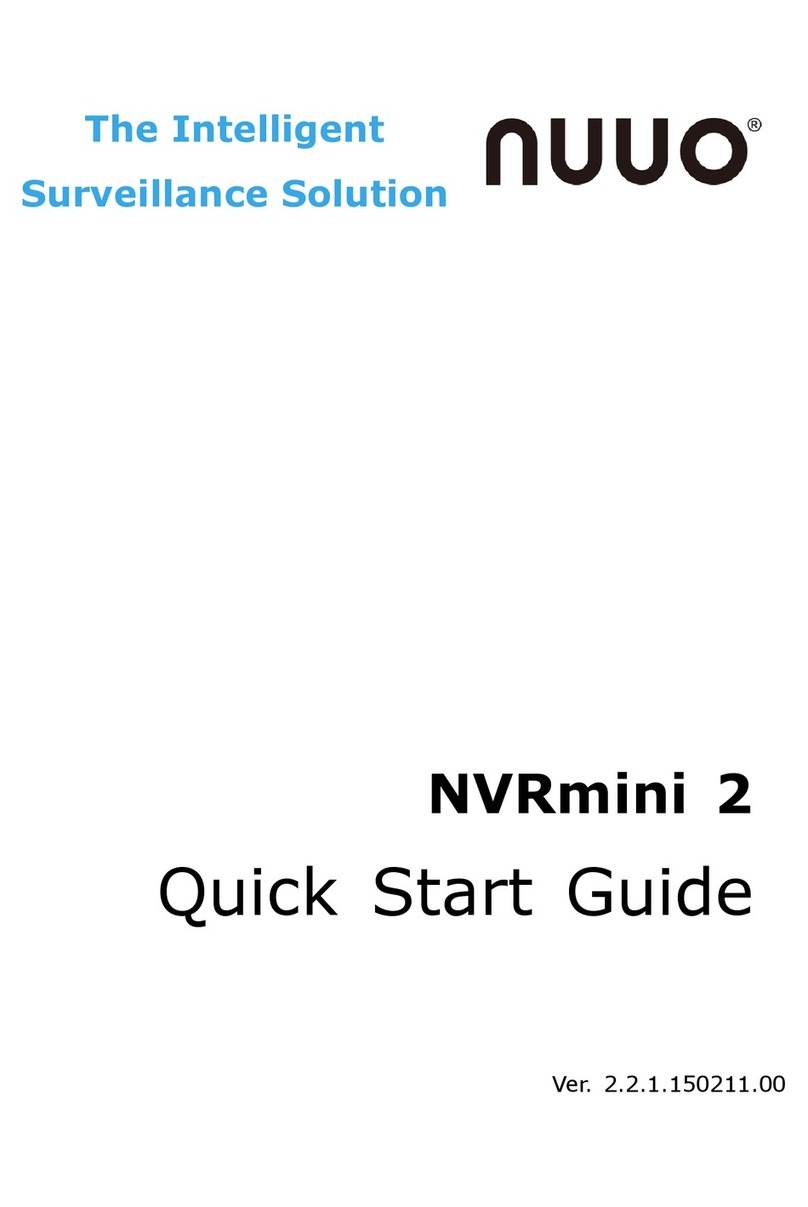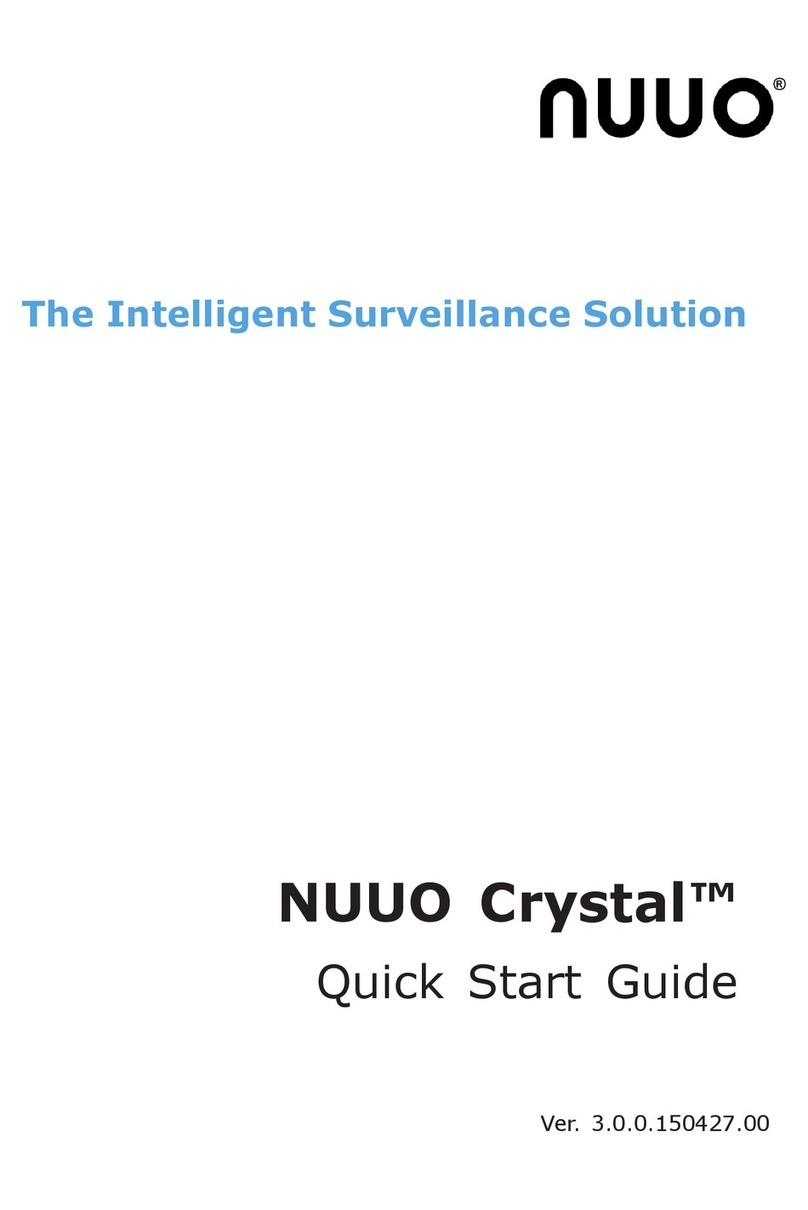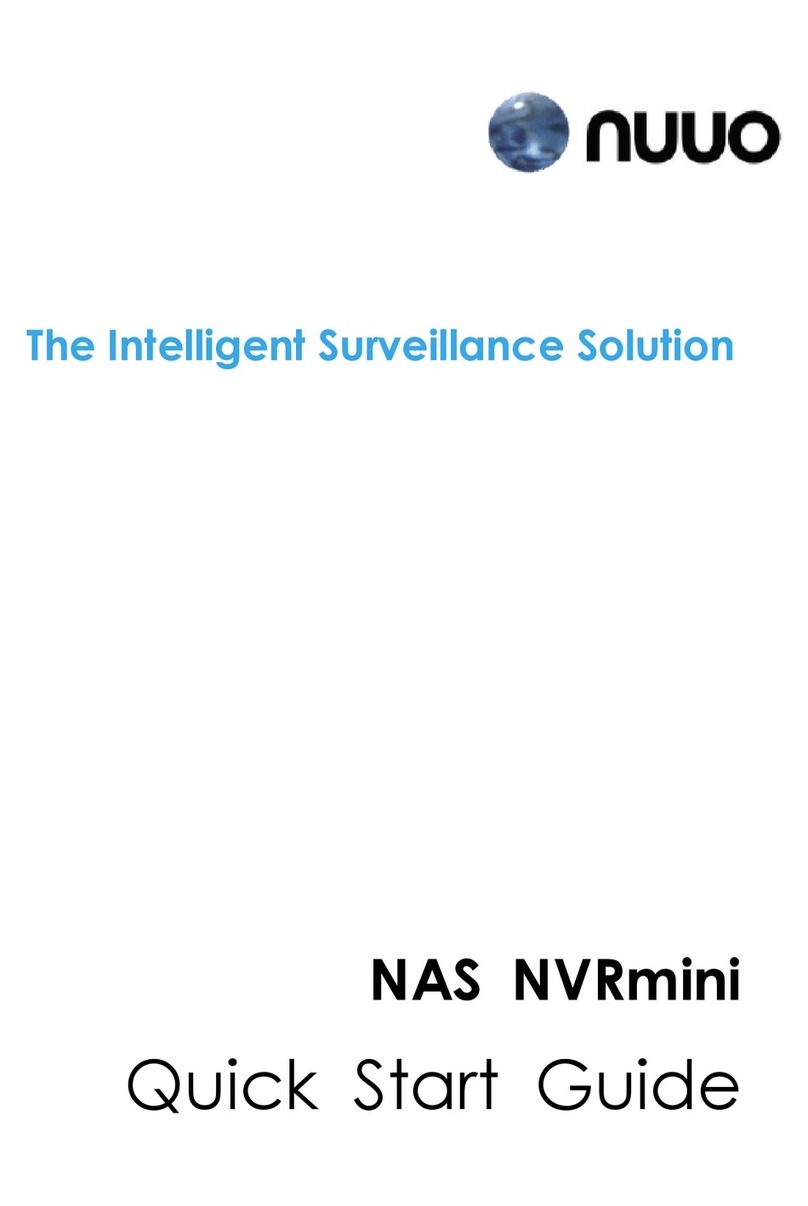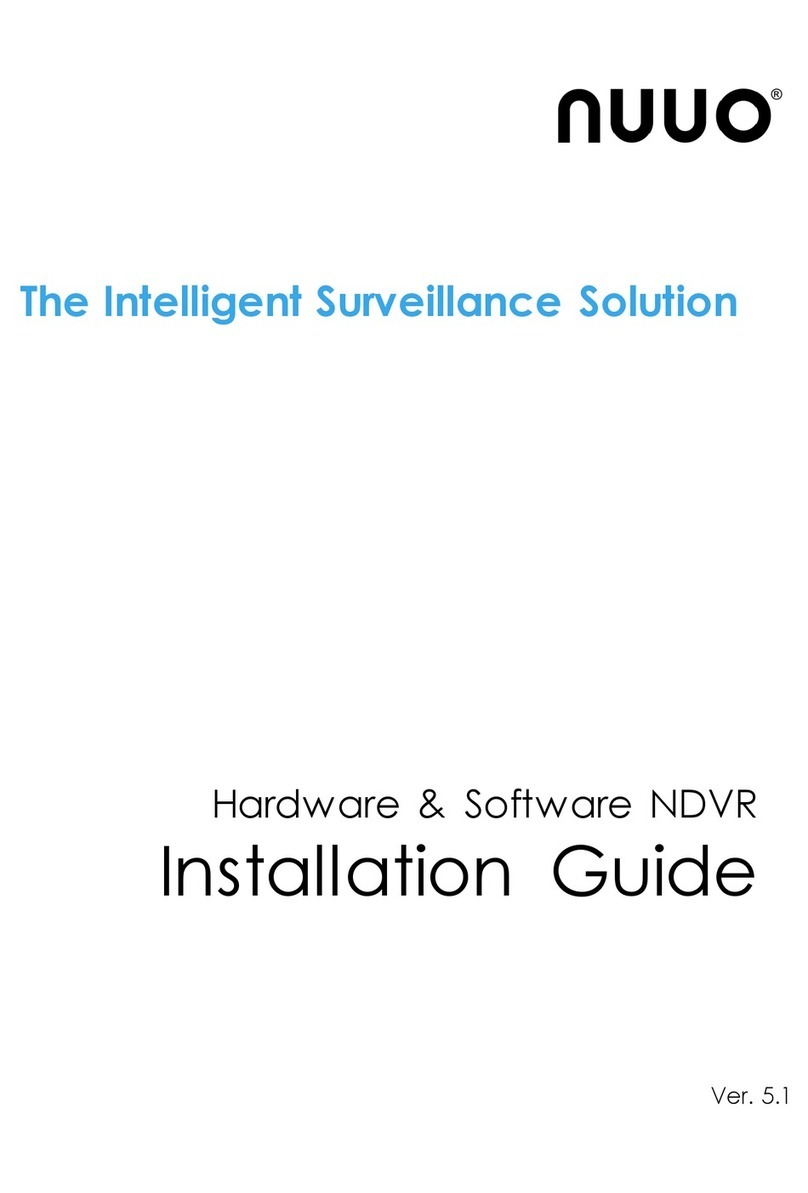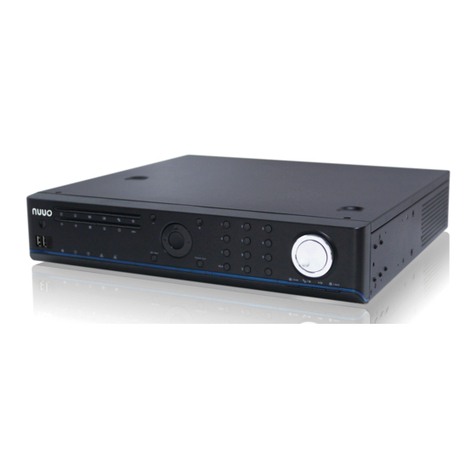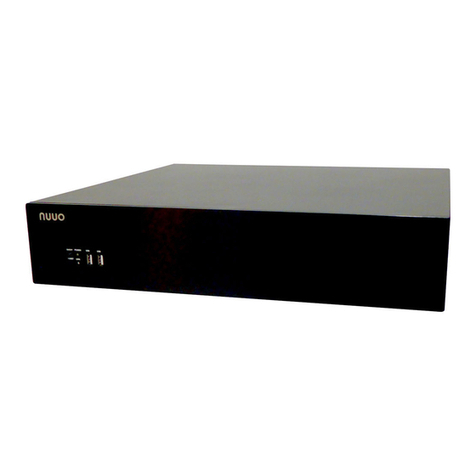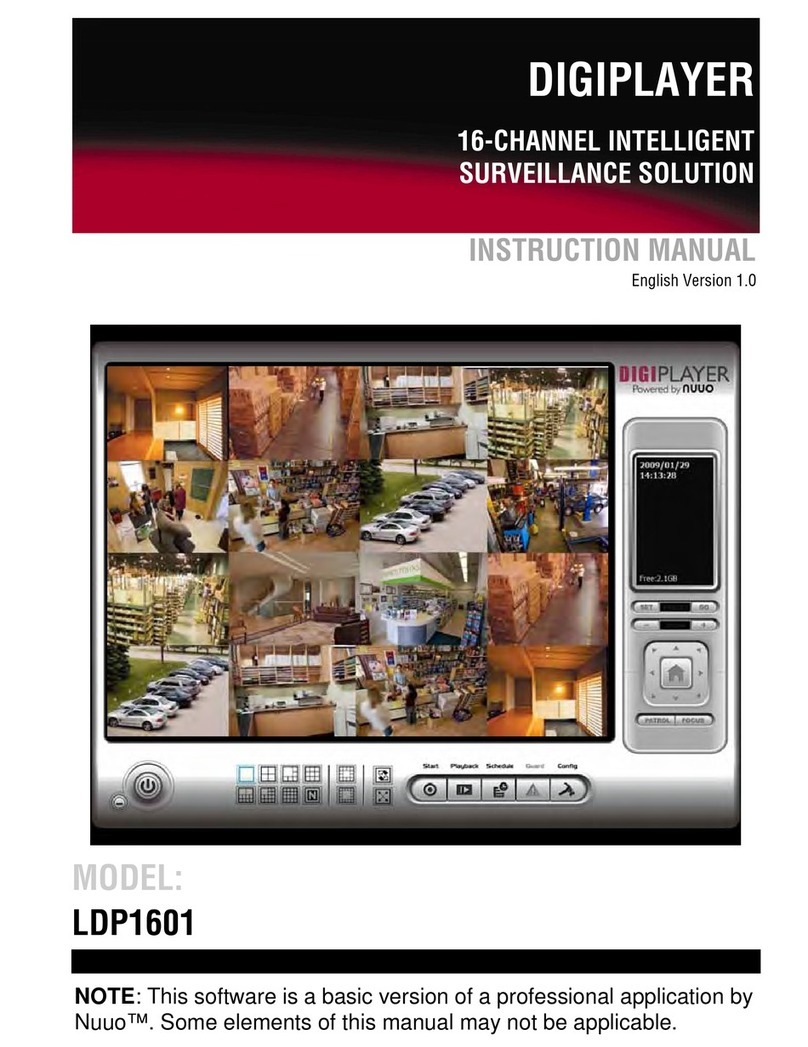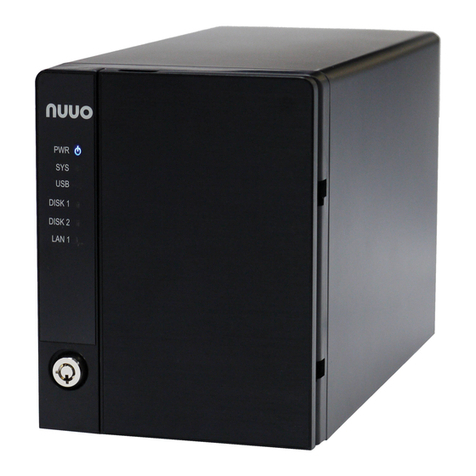2.6 Management.................................................................................48
2.6.1 View the List of Users...........................................................48
2.6.2 Create New Users ................................................................49
2.6.3 Modify User Information........................................................50
2.6.4 Change a User’s Password ..................................................50
2.6.5 Delete Users.........................................................................51
2.6.6 View the Event Log...............................................................51
2.6.7 Save Unit Configuration........................................................52
2.6.8 Load Unit Configuration / Default Settings............................53
2.7 System..........................................................................................54
2.7.1 View System Information......................................................54
2.7.2 View Enclosure Information..................................................55
2.7.3 Upgrade the System.............................................................56
2.7.4 System Date and Time Setup...............................................56
2.7.5 Daylight Saving Time Setup..................................................57
2.7.6 Enable and Disable the Buzzer ............................................58
2.7.7 View UPS Status...................................................................58
2.7.8 UPS Setup............................................................................59
2.7.9 Auto Power On .....................................................................60
2.7.10 Restart the Unit.................................................................60
2.7.11 Shut Down the Unit ..........................................................61
3. POS........................................................................................................62
3.1 Introduction...................................................................................62
3.1.1 System Introduction..............................................................62
3.1.2 Hardware Installation –SCB-C31.........................................63
3.1.3 Software Installation –SCB-C31 ..........................................65
3.2 Software Setup..............................................................................67
3.2.1 NVR POS Setting .................................................................67
3.2.2 Insert POS Setting................................................................69
3.2.3 Delete POS Device...............................................................70
3.2.4 Configure POS Setting .........................................................70
3.3 Tag Filter.......................................................................................70
3.3.1 Add New Tag Filter ...............................................................70
3.3.2 Edit Tag Filter........................................................................74
3.3.3 Delete Tag Filter....................................................................74
3.3.4 Import/Export Tag Filter ........................................................74
3.4 POS Display Font .........................................................................74
3.4.1 Live View ..............................................................................74
